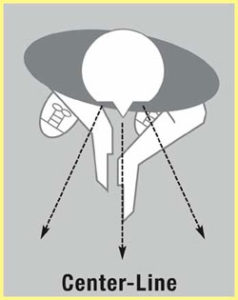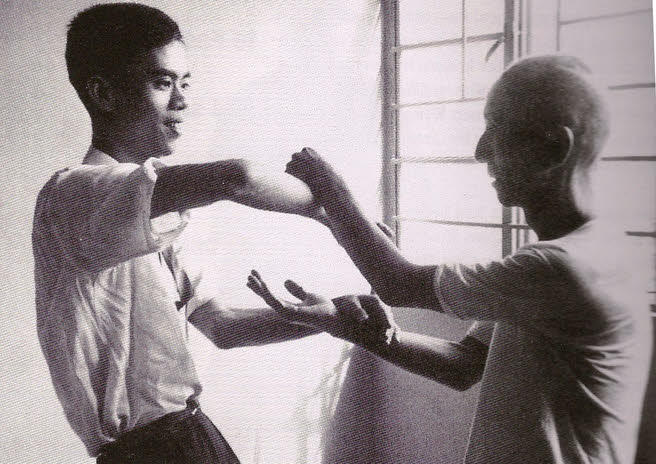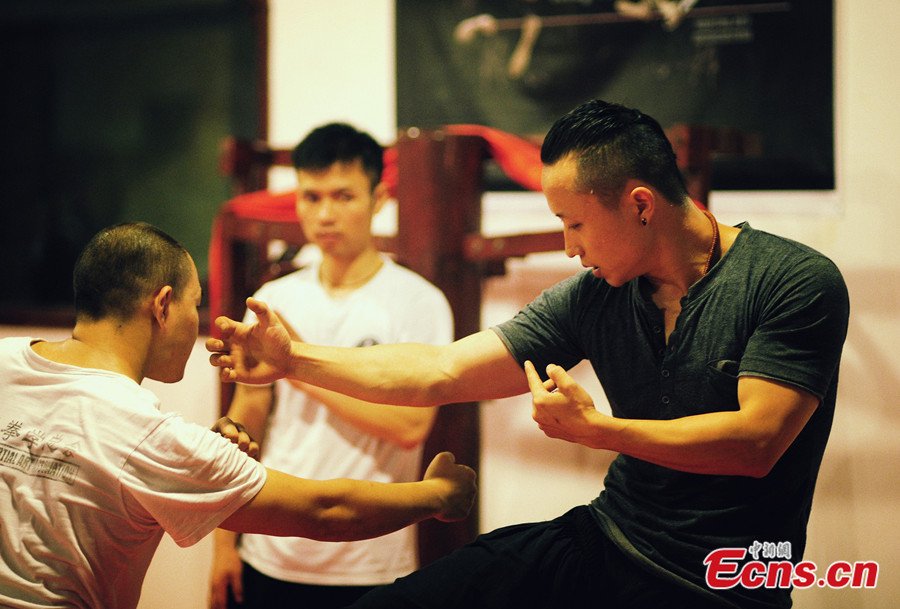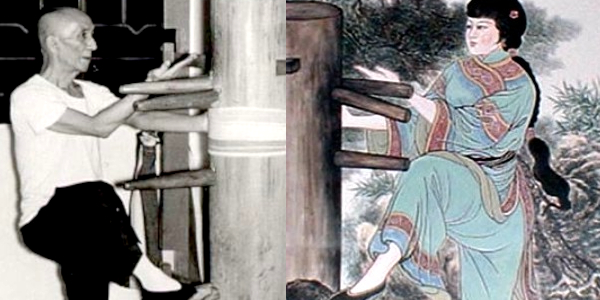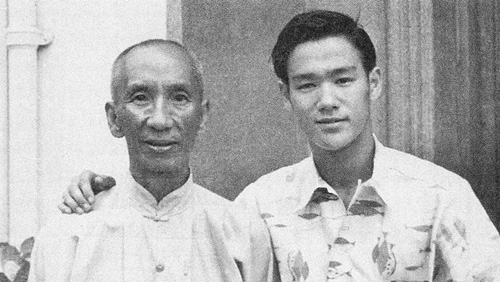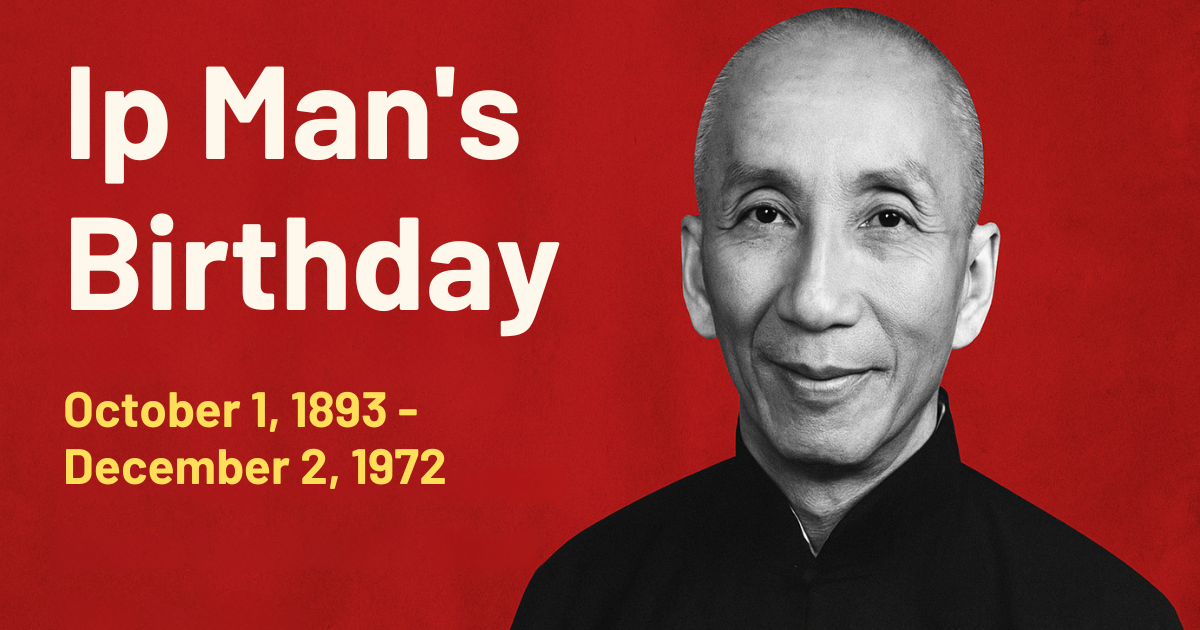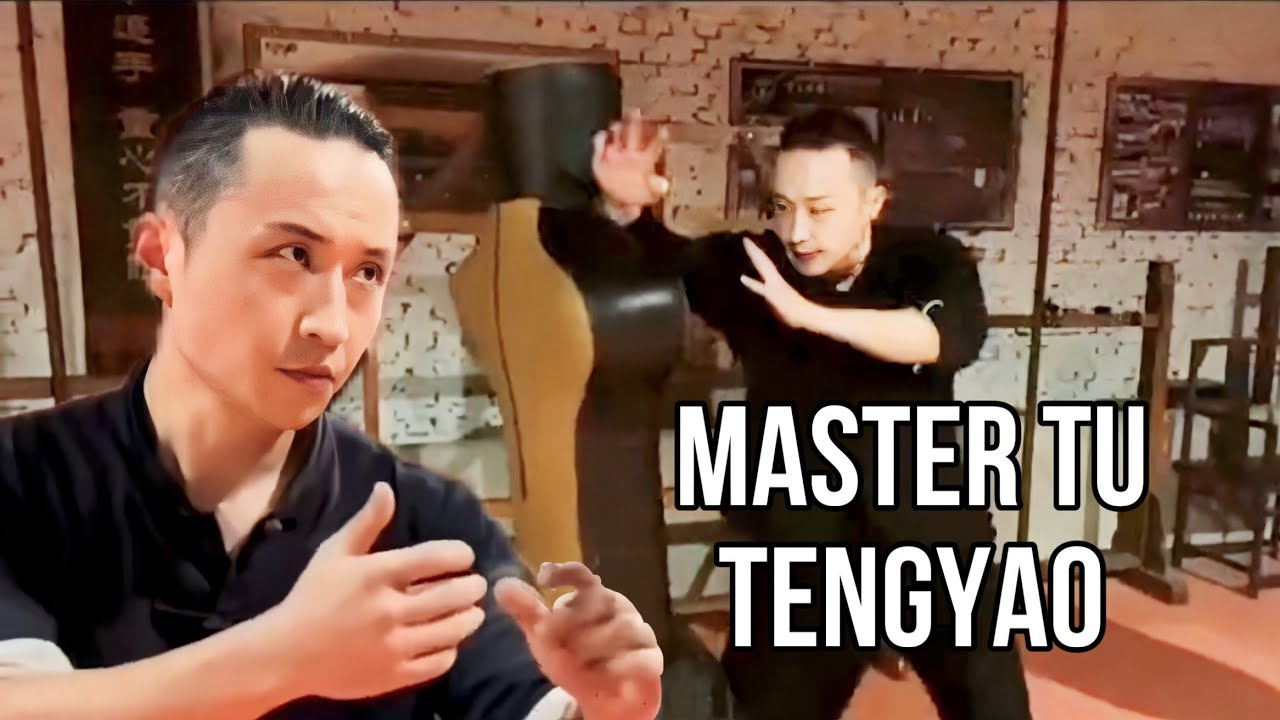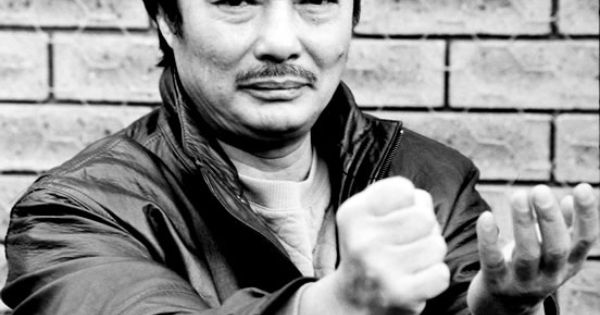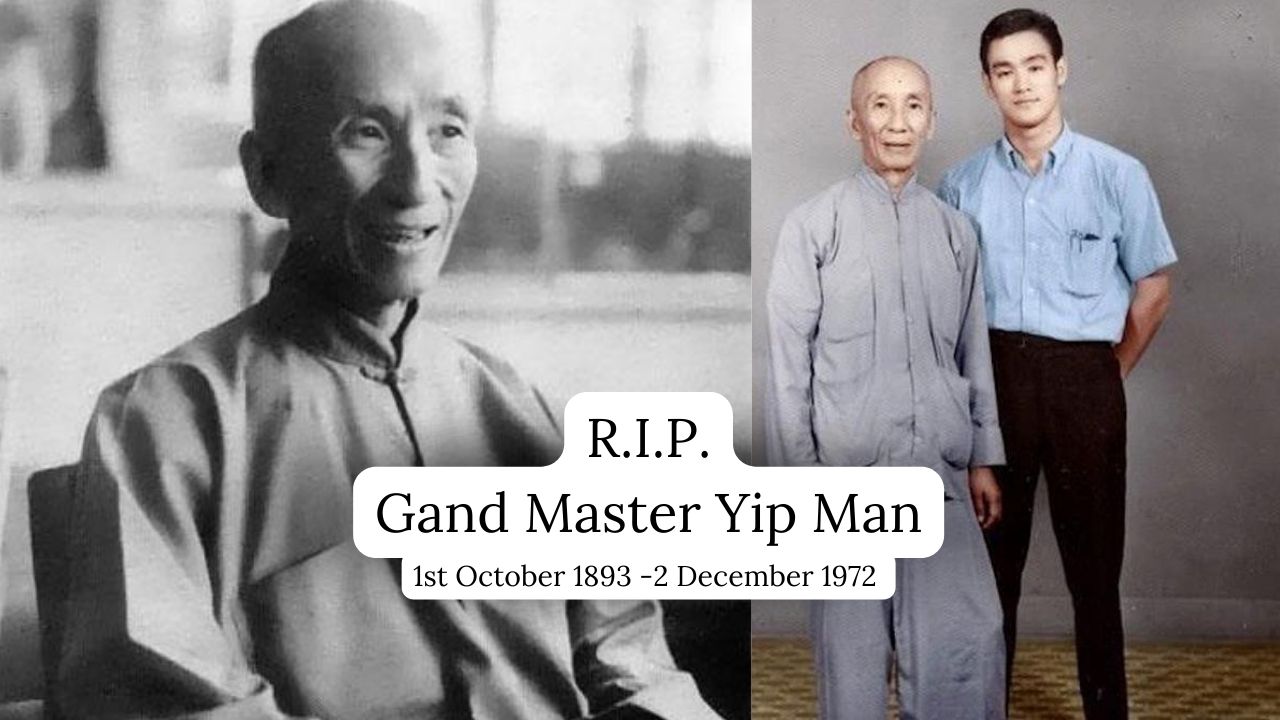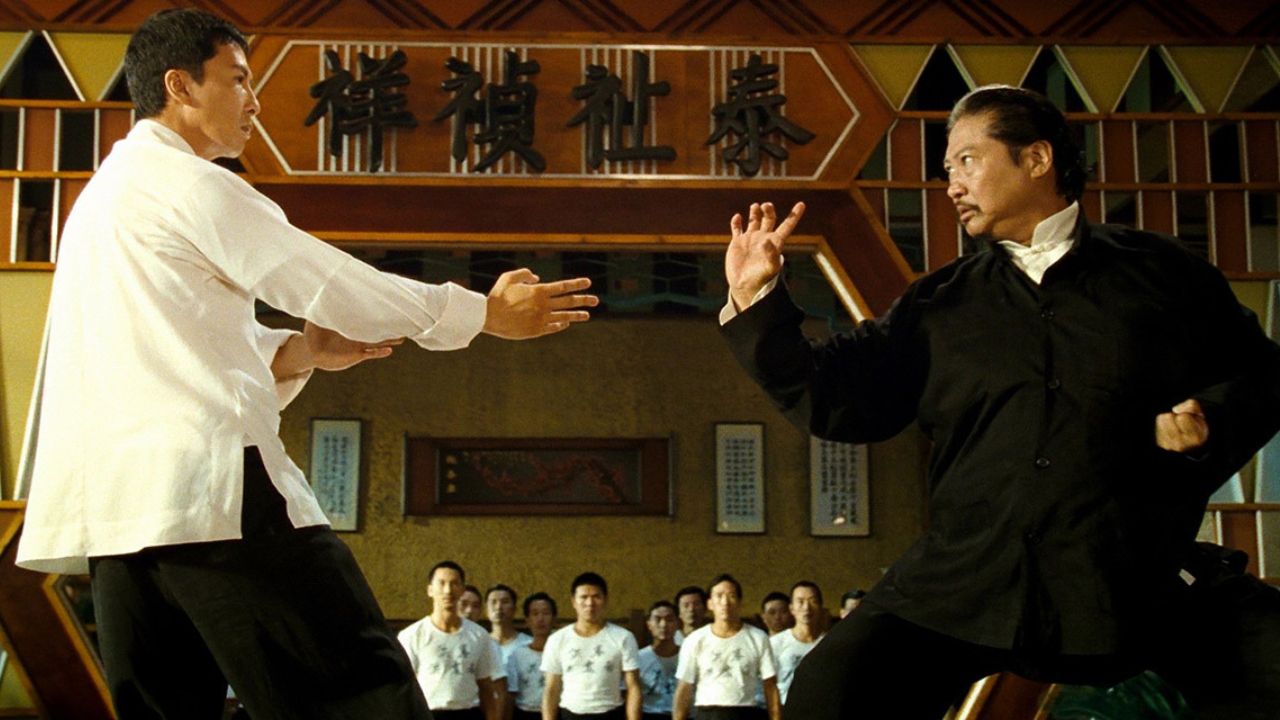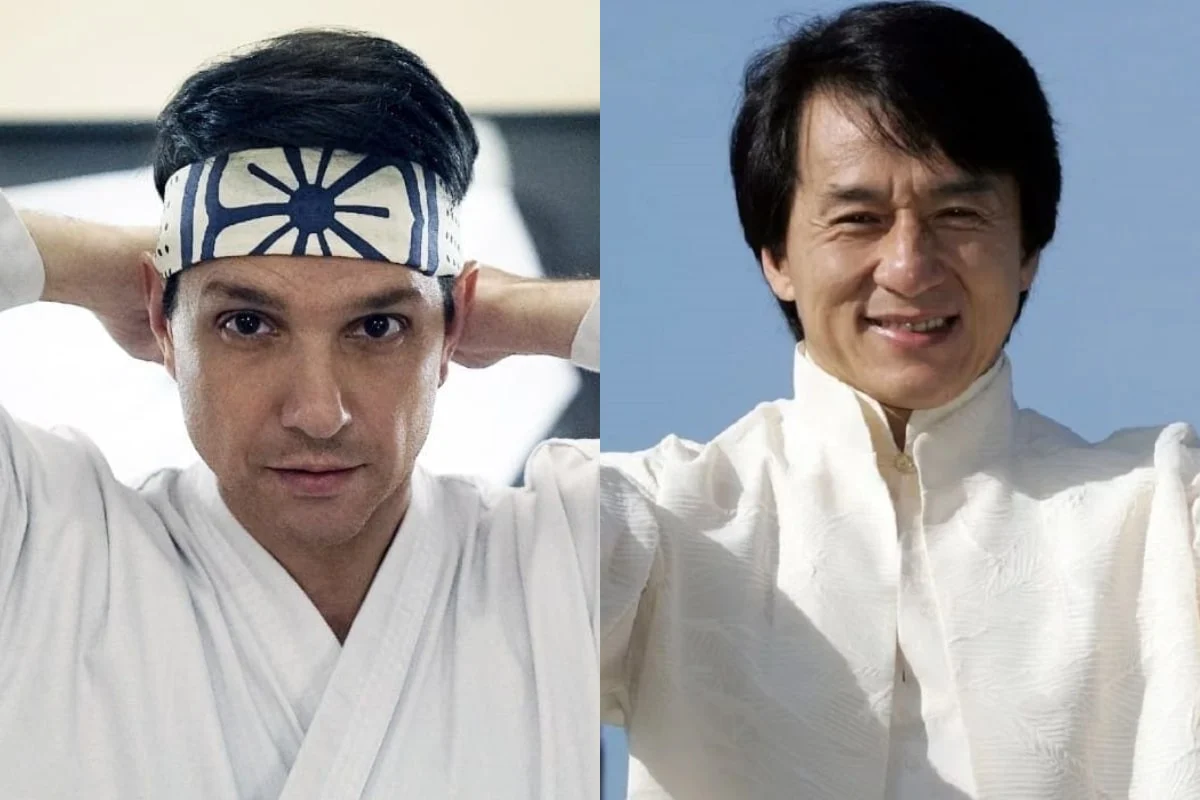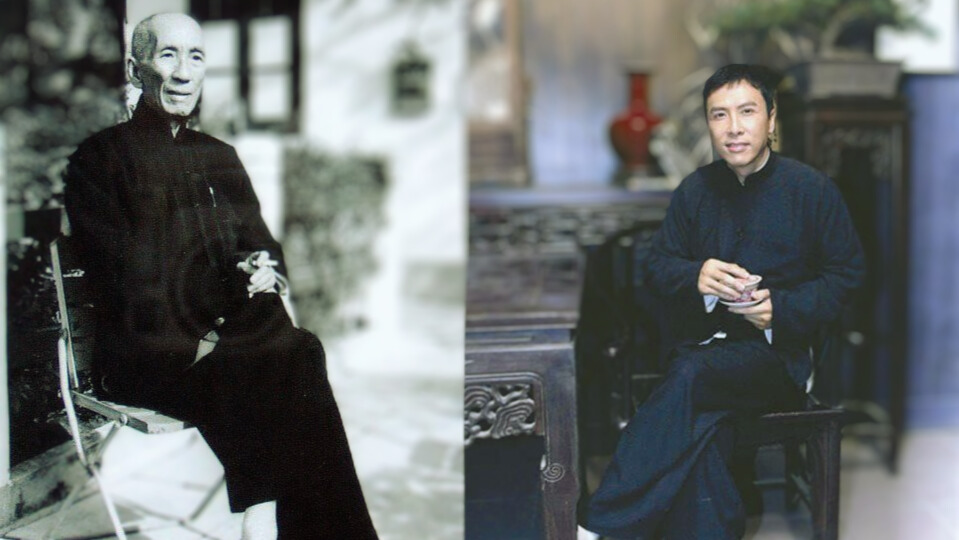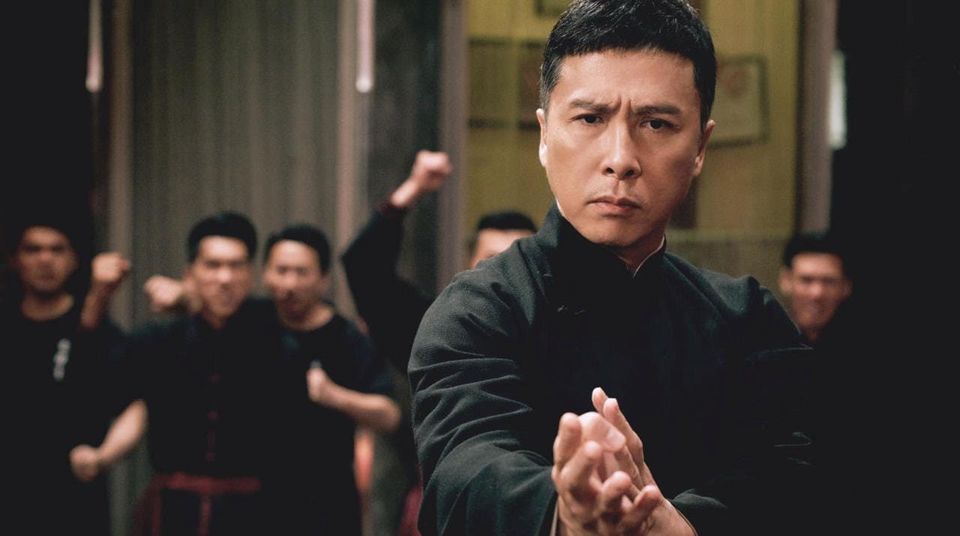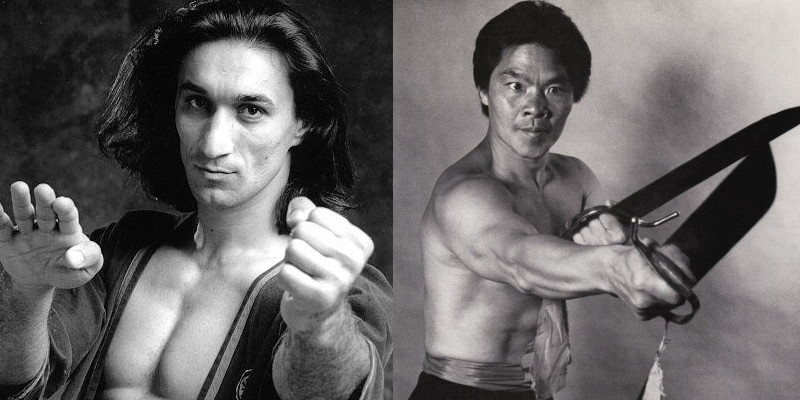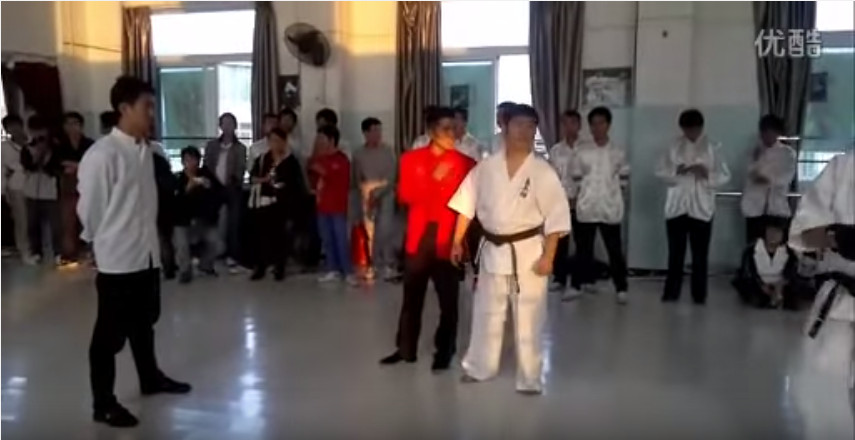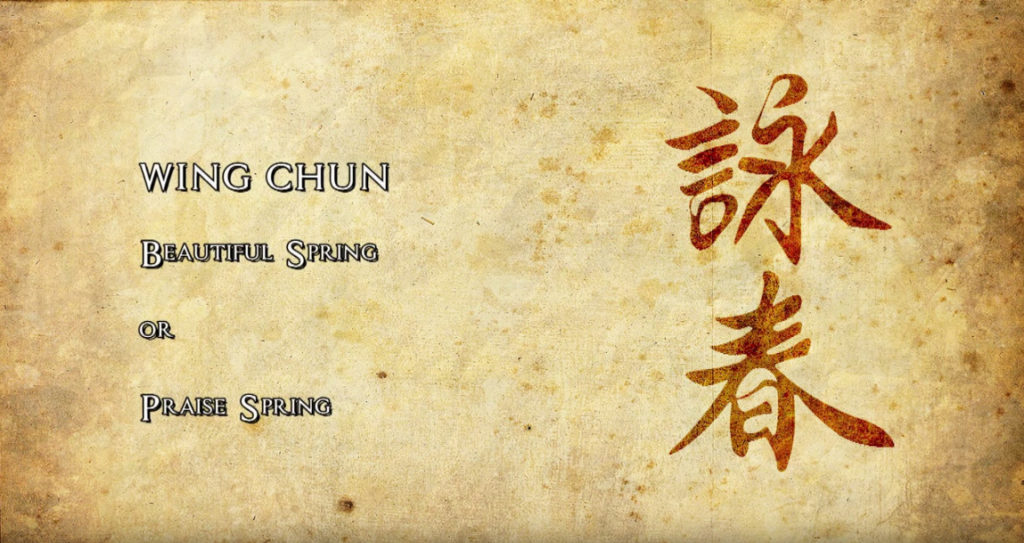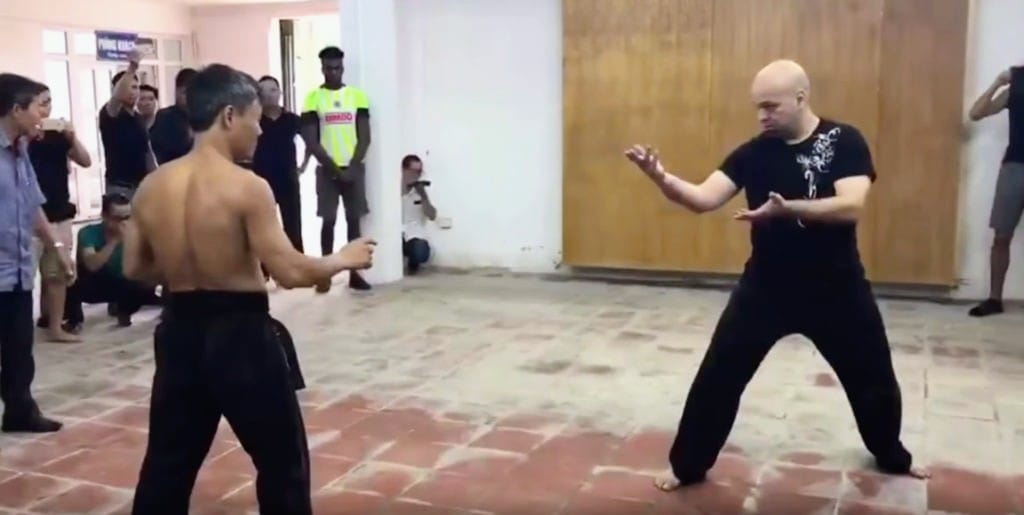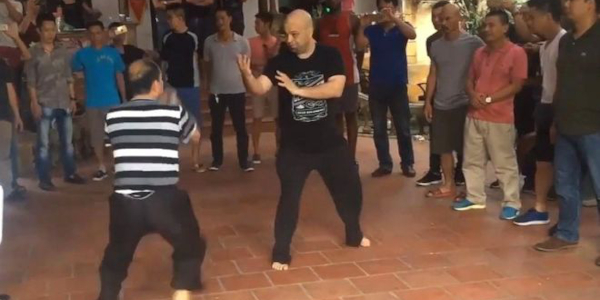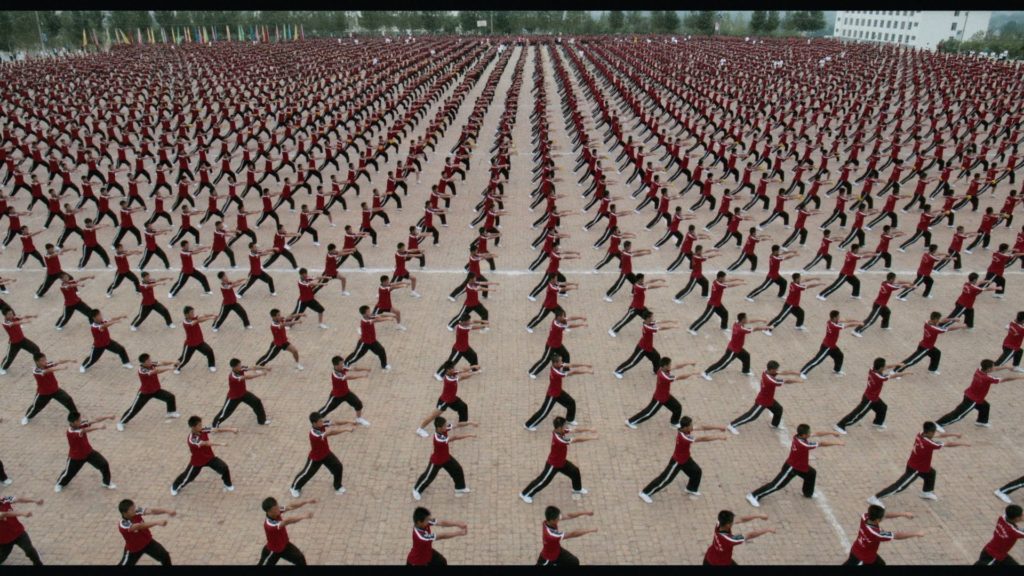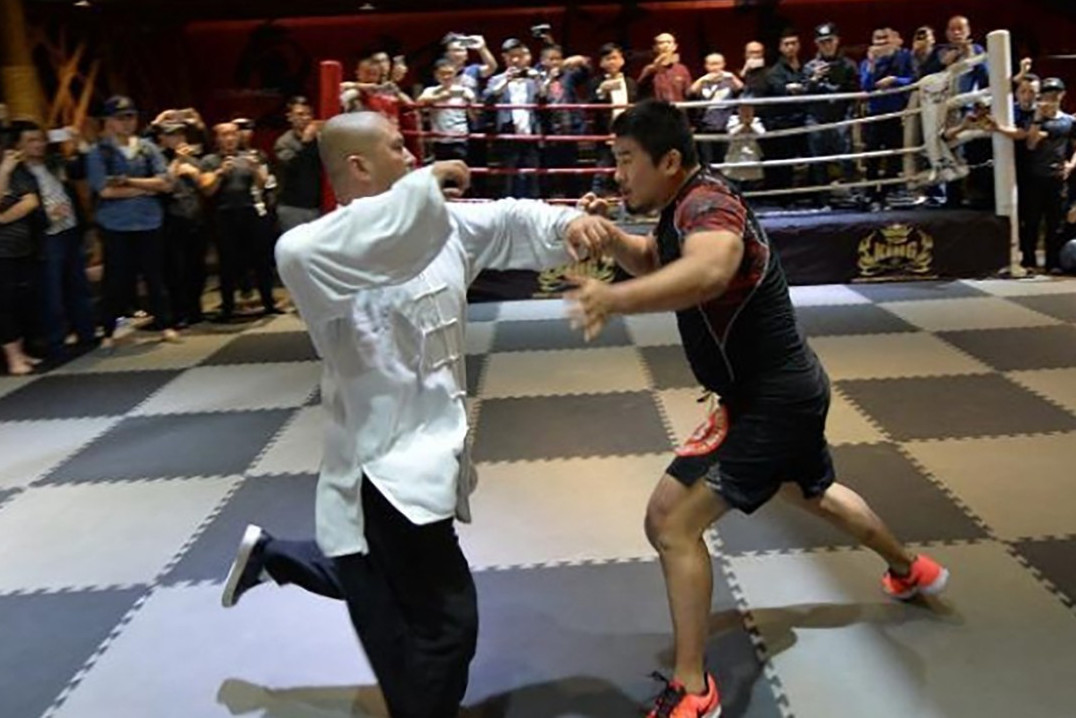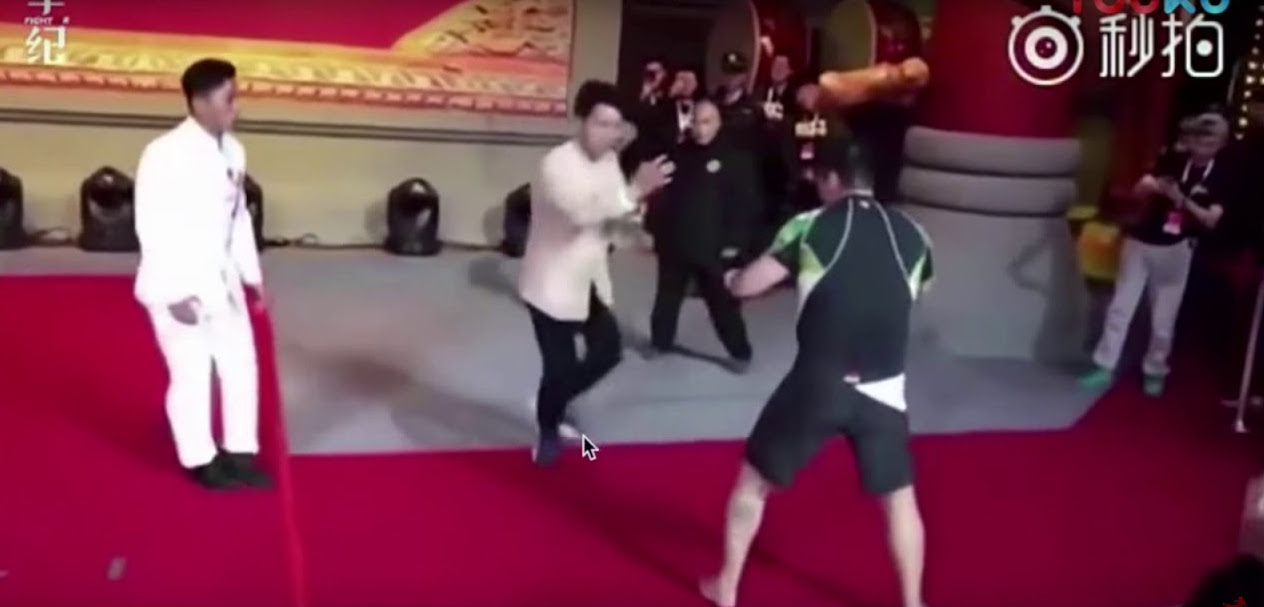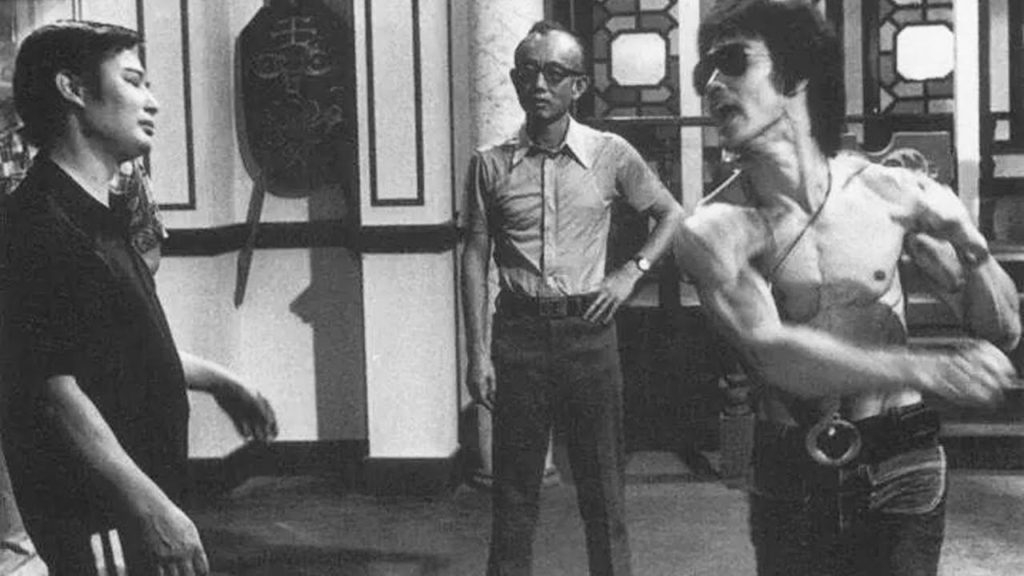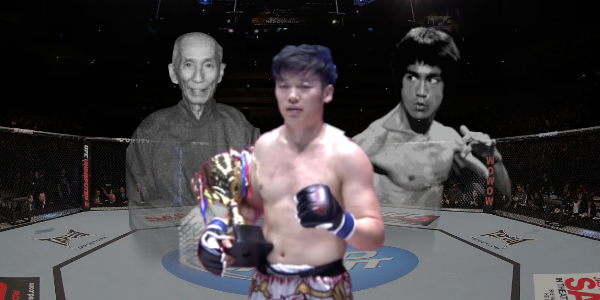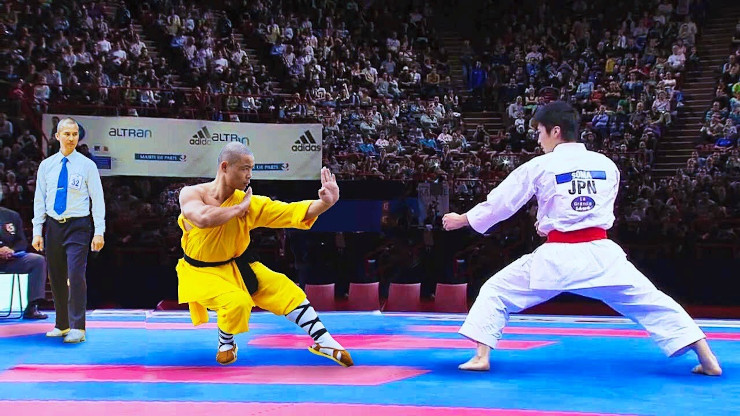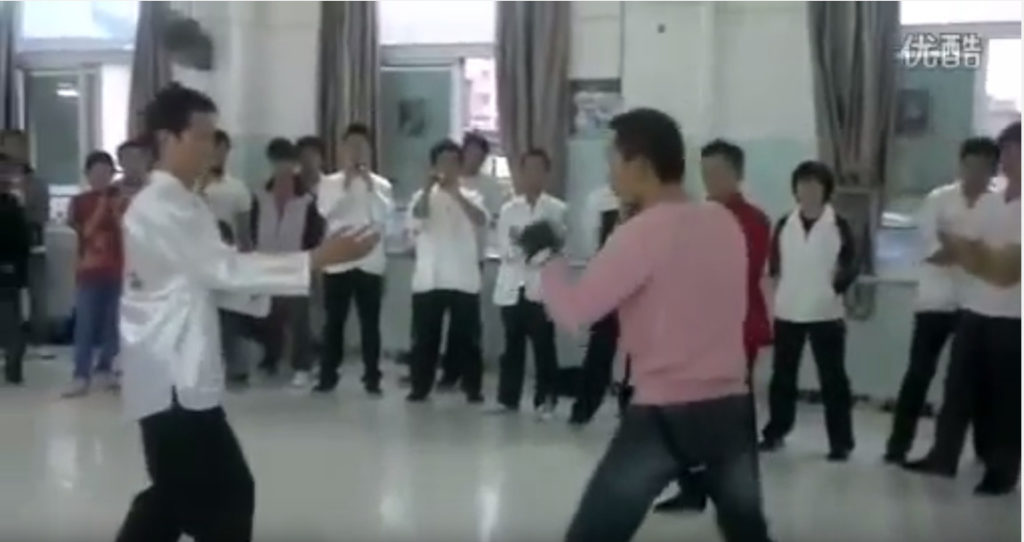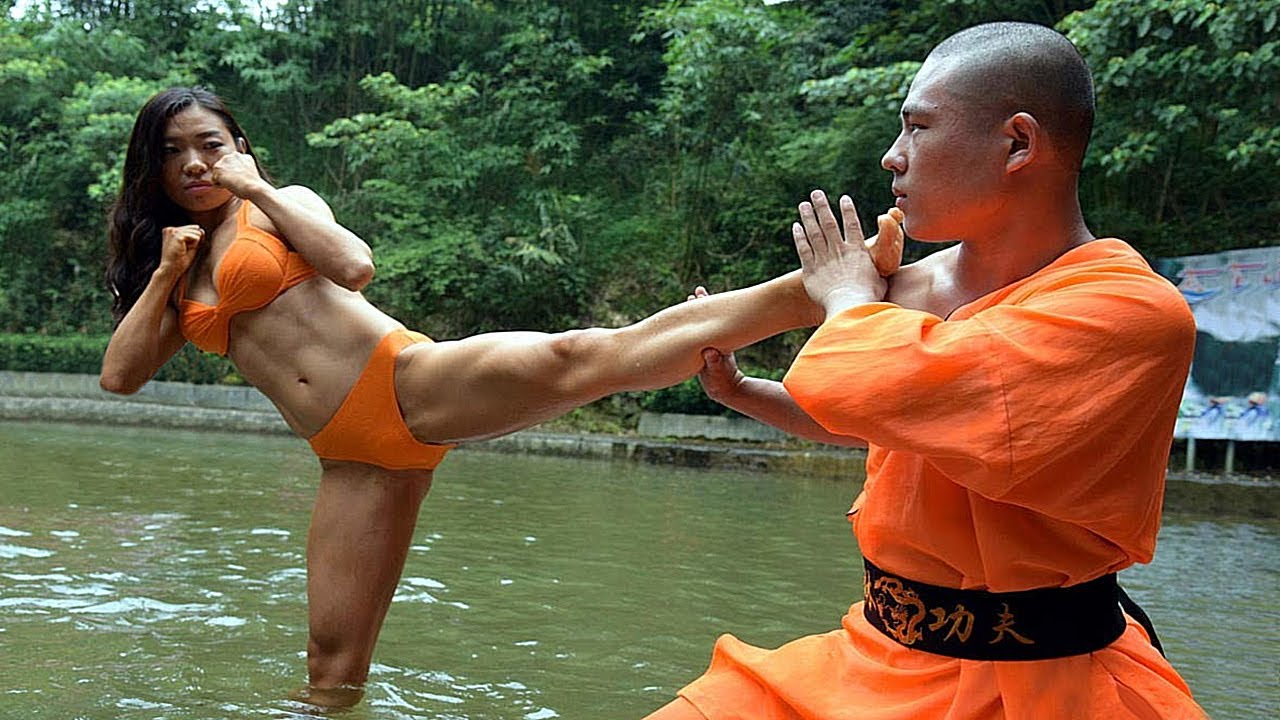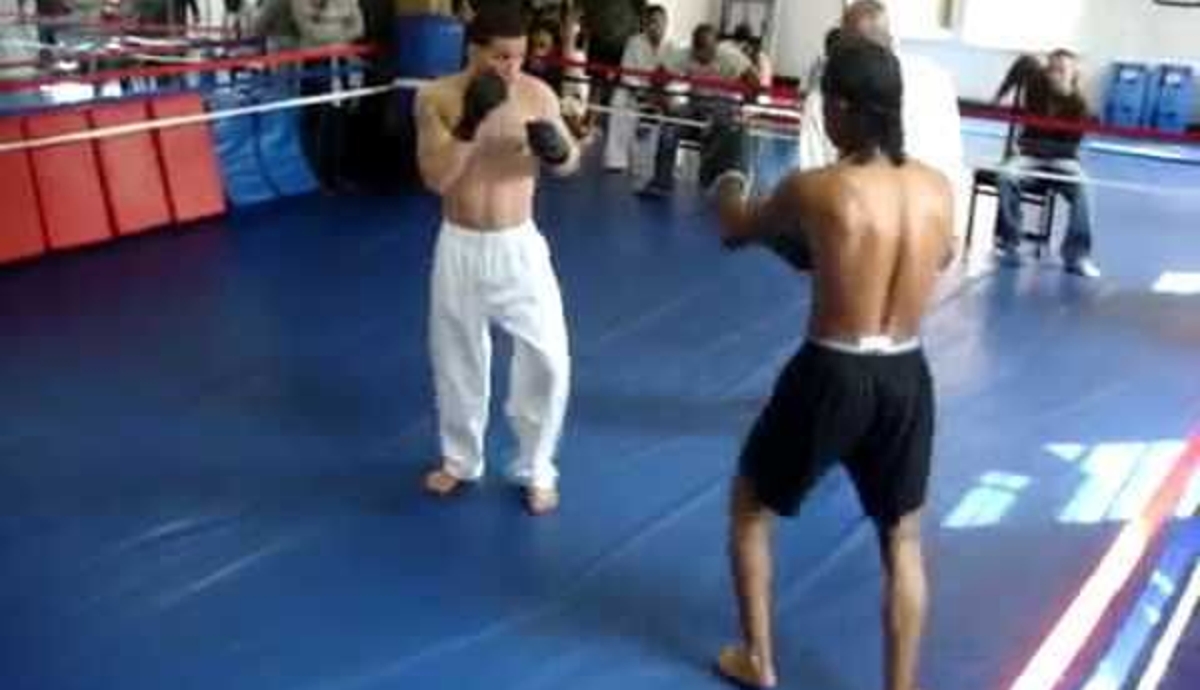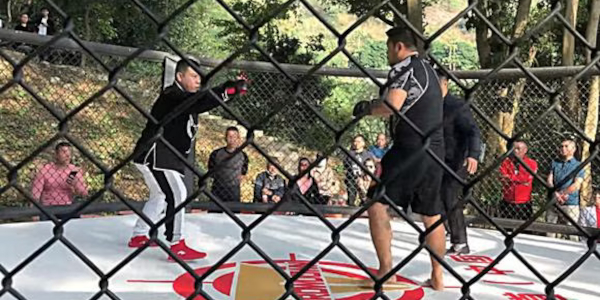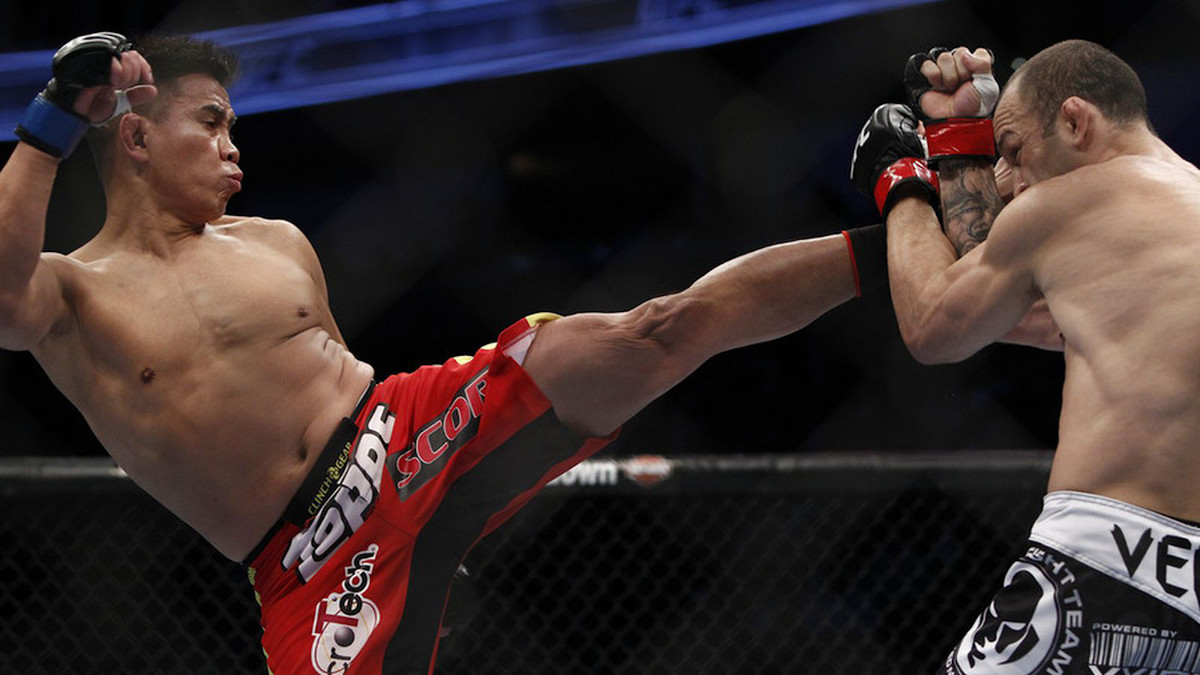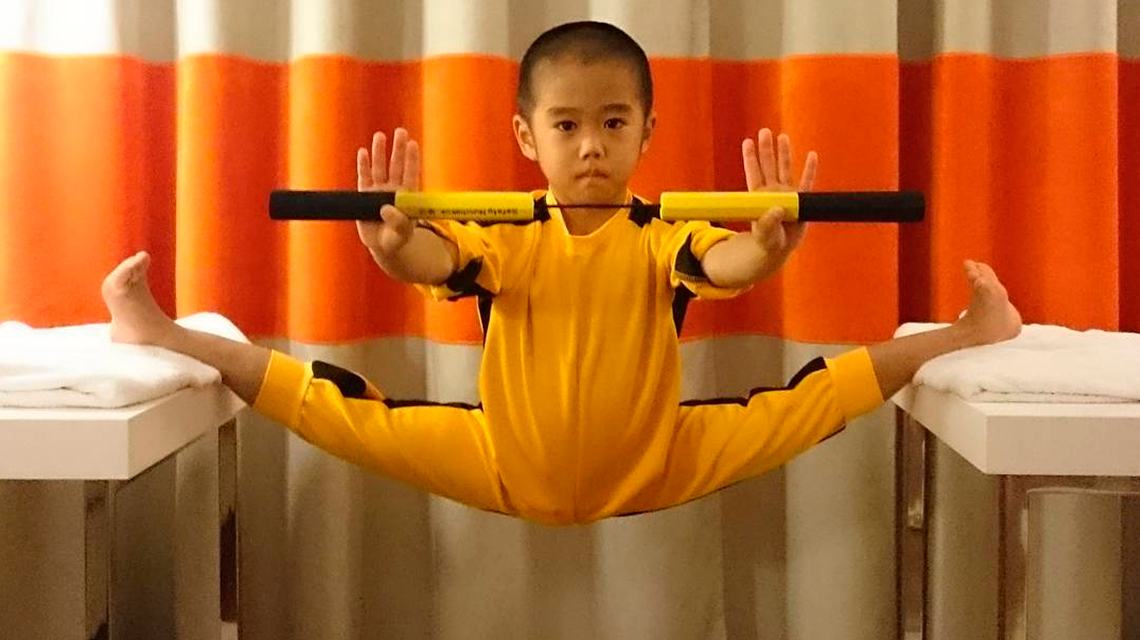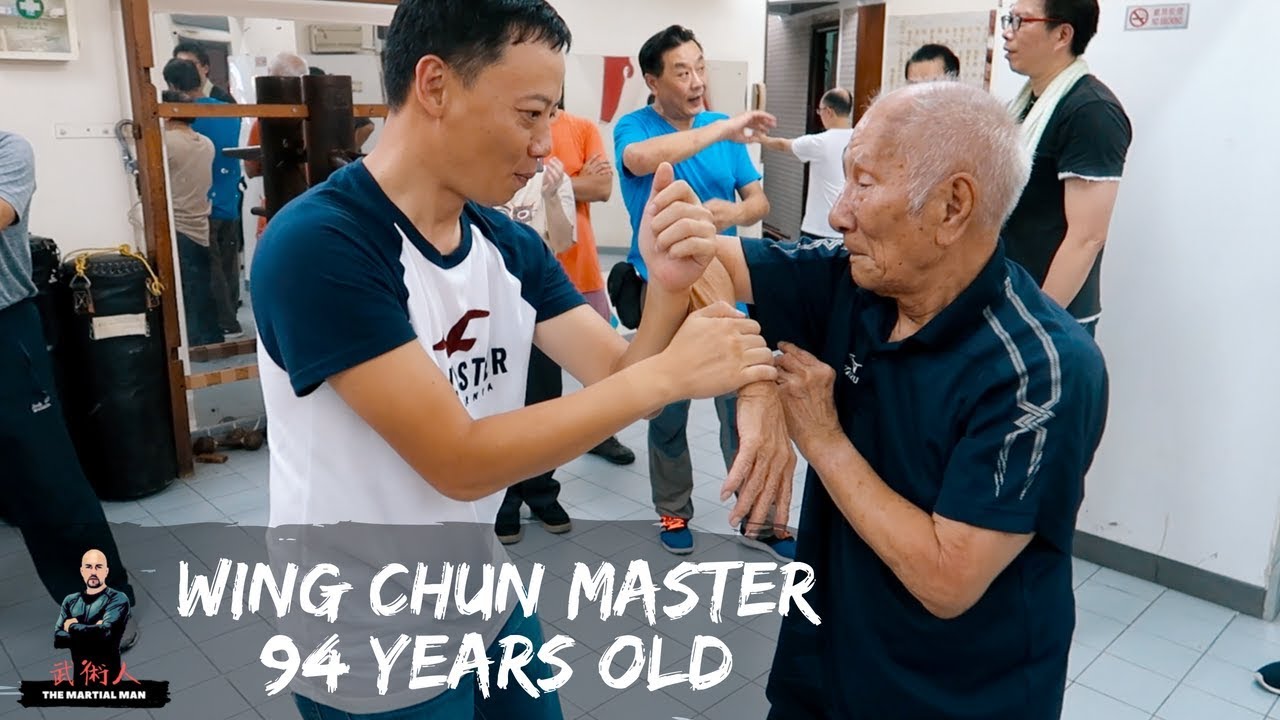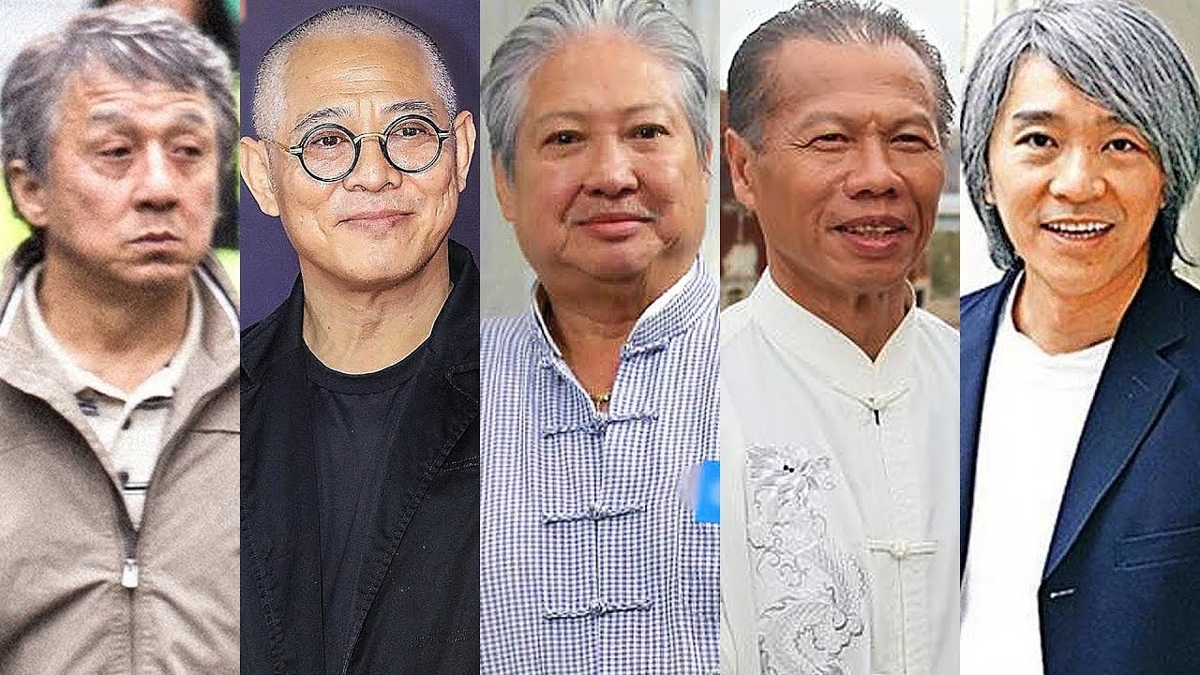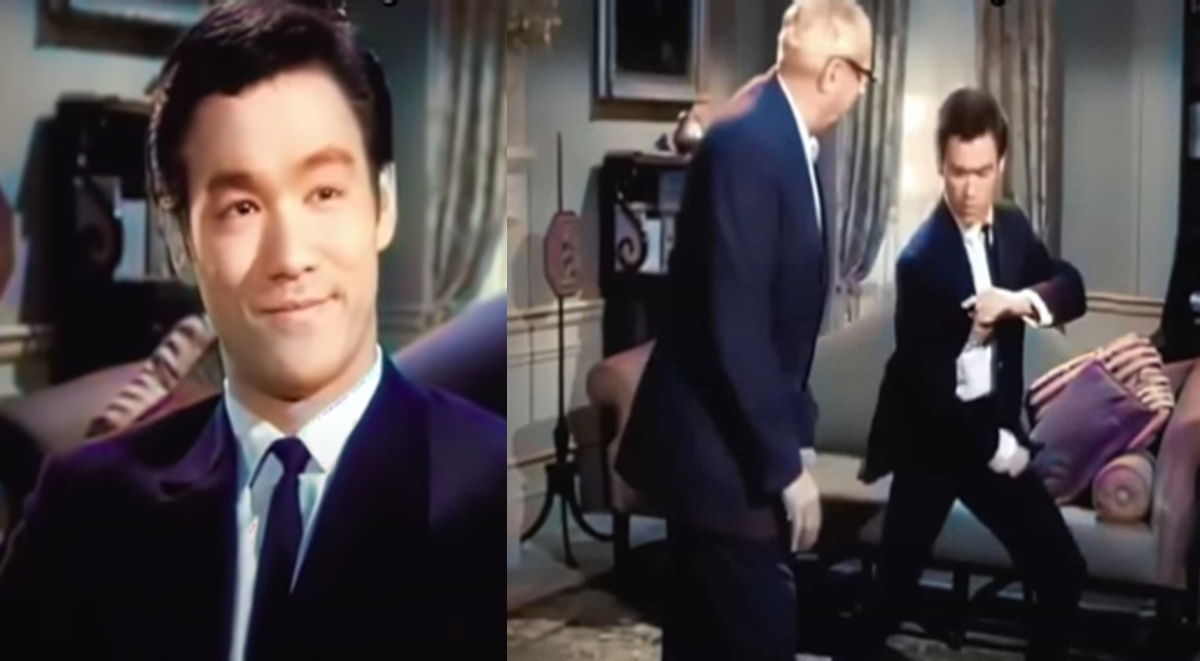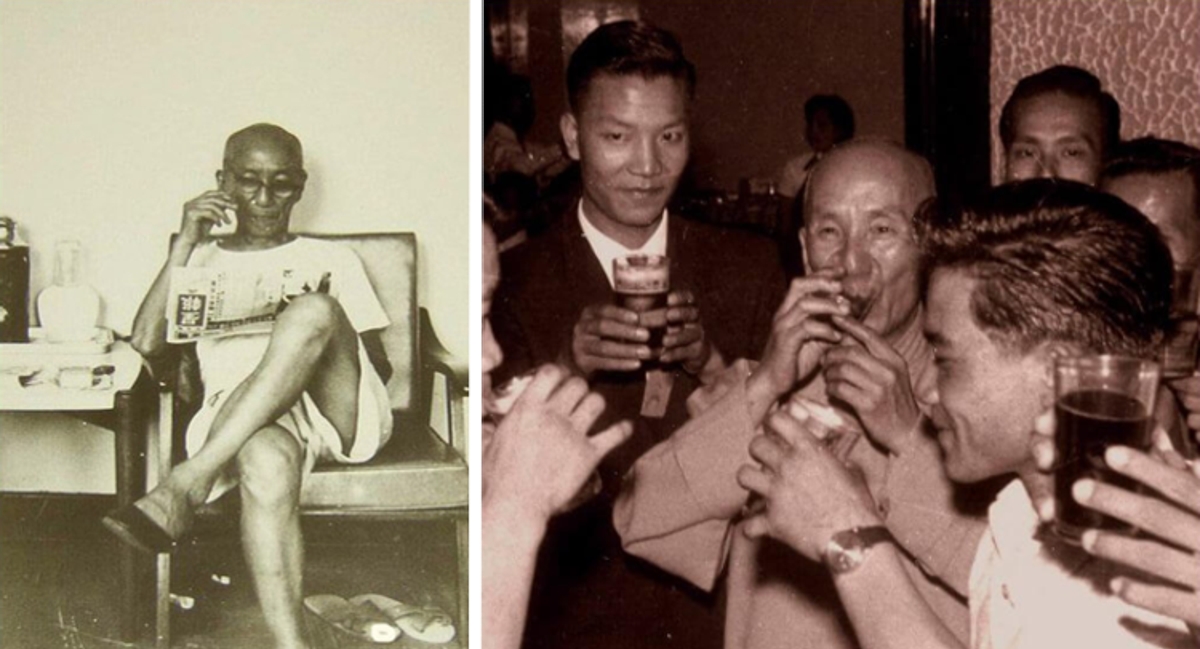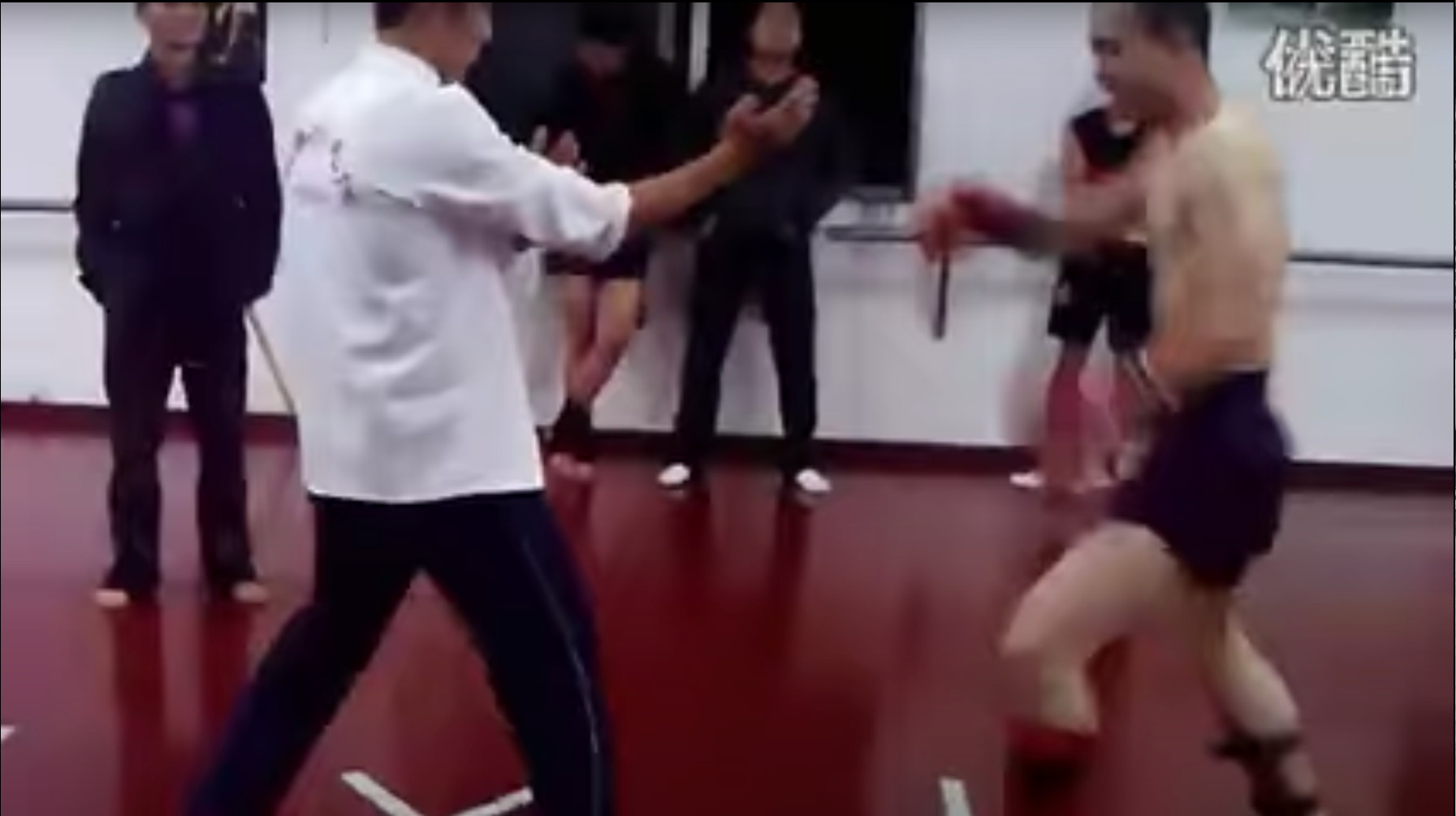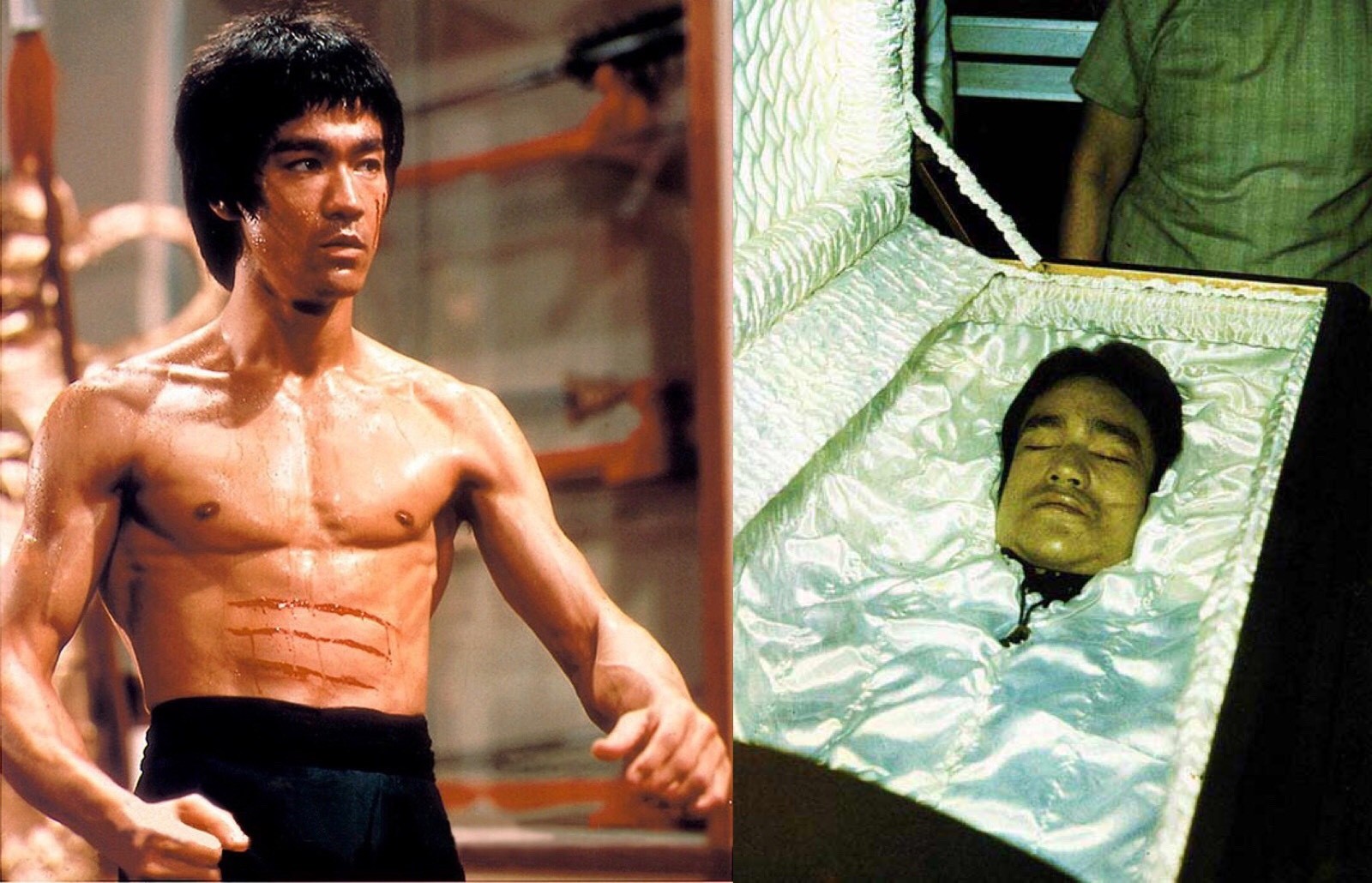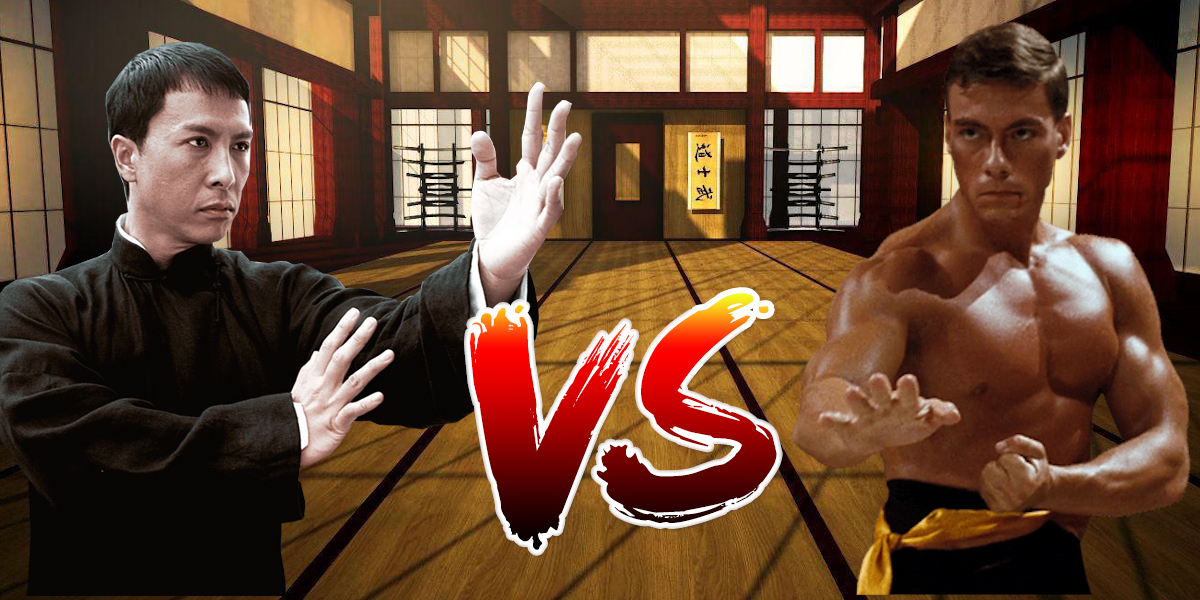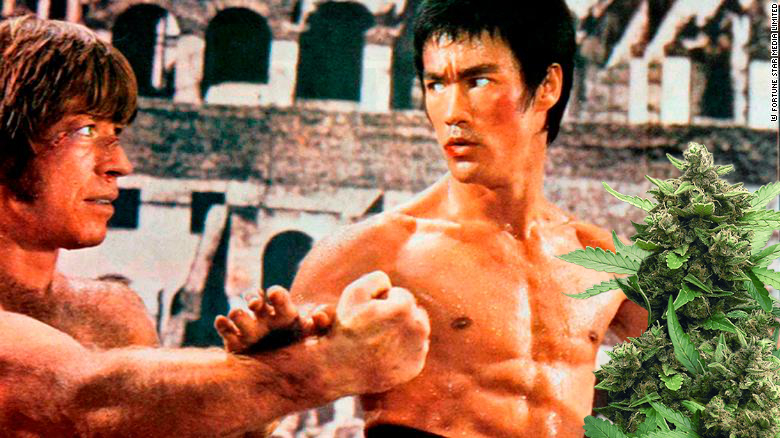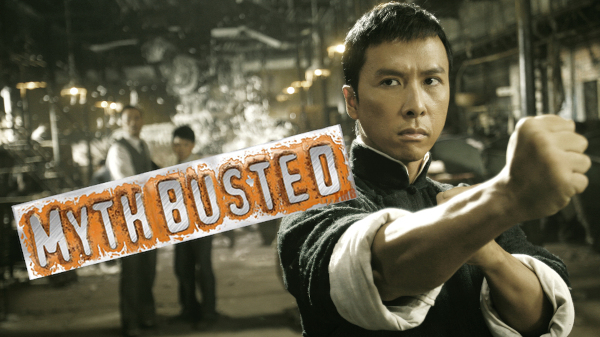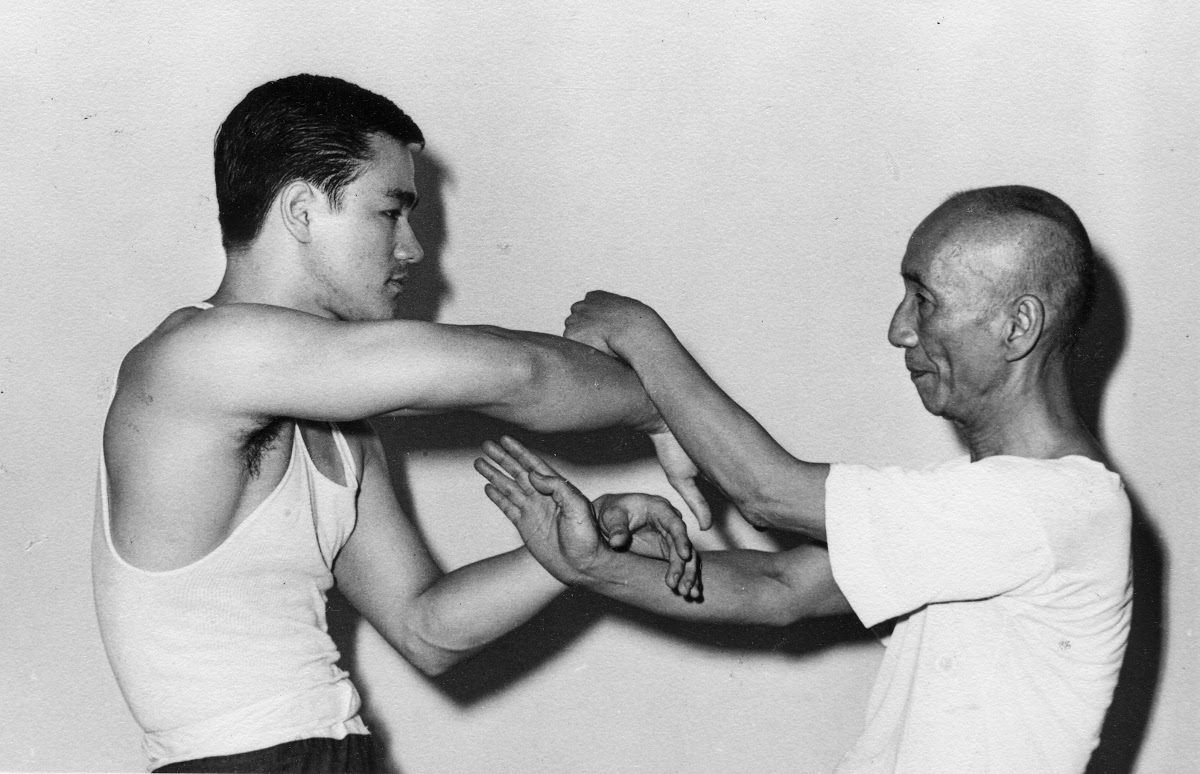Wing Chun vs Other Martial Arts: What Sets It Apart
Reading time: 5 minutes
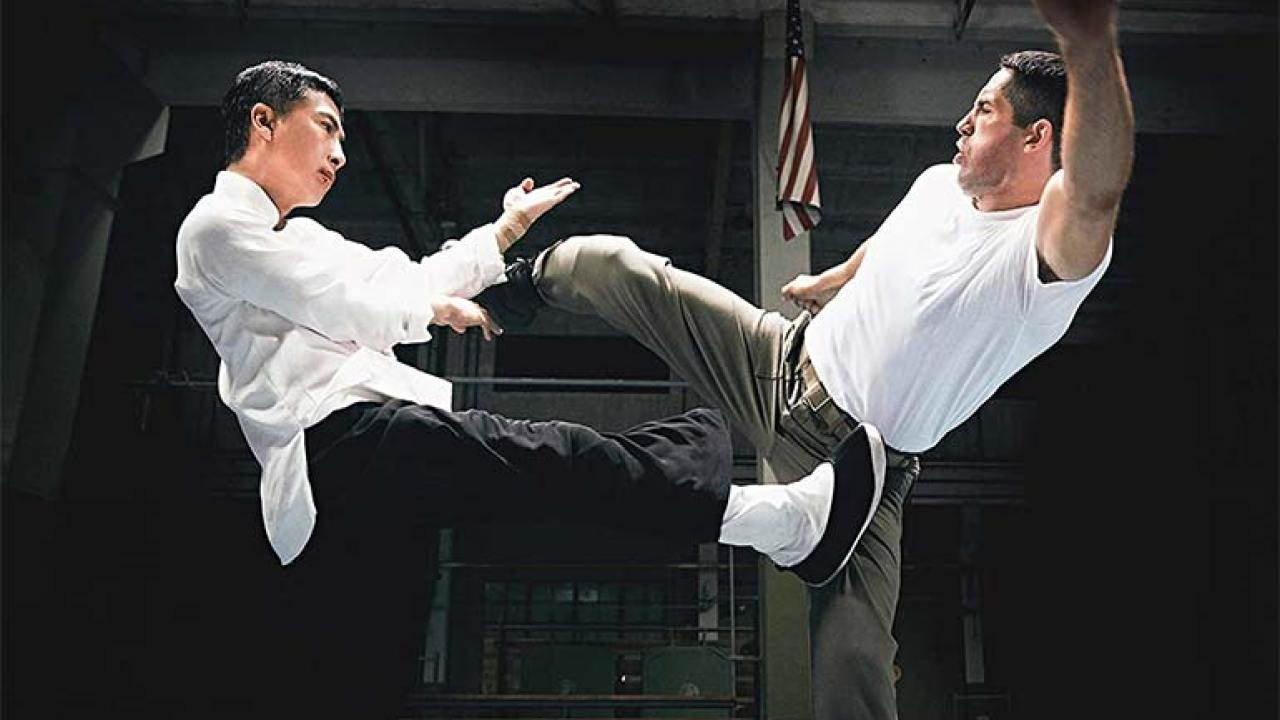
Martial arts have been around for centuries, with many different styles and techniques developed around the world. One of the most well-known and influential martial arts styles is Wing Chun, a form of kung fu that originated in southern China.
Wing Chun has gained widespread popularity thanks in part to famous practitioners like Bruce Lee and Ip Man, but what sets it apart from other martial arts? In this article, we will explore the unique features of Wing Chun that make it a distinct and effective form of self-defense.
Focus on Practical Self-Defense
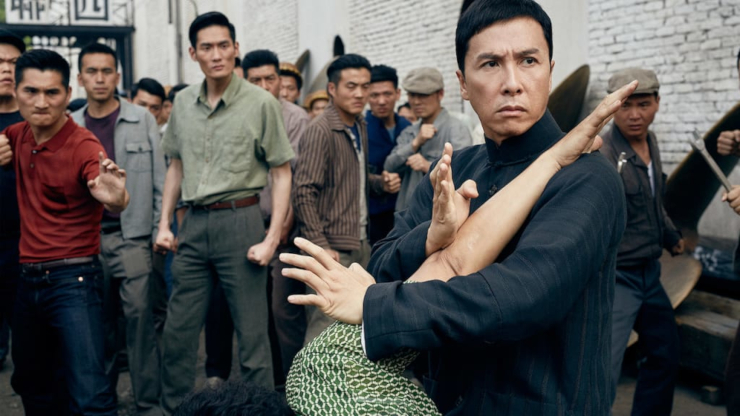
One of the primary aspects that sets Wing Chun apart from other martial arts is its focus on practical self-defense. While many martial arts styles prioritize competition and sport fighting, Wing Chun is specifically designed to be effective in real-world situations.
Its techniques and principles are based on the concept of efficiency, meaning that practitioners aim to achieve the most effective outcome with the least amount of effort. This makes Wing Chun an ideal choice for people who are looking to learn self-defense skills that can be applied in real-life situations.
Use of Centerline Theory

Another unique feature of Wing Chun is its use of centerline theory. The centerline refers to an imaginary line that runs down the center of the body, from the top of the head to the groin.
In Wing Chun, practitioners use this centerline as a reference point for all of their techniques, aiming to control their opponent's centerline while also protecting their own. By doing so, Wing Chun practitioners are able to maintain a strong defensive position while also delivering powerful attacks.
Emphasis on Chi Sau
Chi Sau is a training technique used in Wing Chun that involves close-range contact with an opponent. Practitioners use Chi Sau to develop sensitivity and reflexes, as well as to improve their ability to read and respond to their opponent's movements. This technique is unique to Wing Chun and is a critical component of the style's training.
Efficient Use of Body Mechanics
Wing Chun emphasizes the efficient use of body mechanics to generate power and speed in techniques. By using proper body alignment and weight distribution, practitioners can deliver powerful strikes with minimal effort. This approach also allows Wing Chun practitioners to generate force from tight spaces, making it an ideal form of self-defense for close-quarters combat.
Simplified Techniques

Wing Chun techniques are often simpler and more direct than those found in other martial arts styles. This is because Wing Chun aims to achieve the most effective outcome with the least amount of effort. By streamlining techniques and eliminating unnecessary movements, Wing Chun practitioners are able to deliver powerful attacks quickly and efficiently.
Influence of Bruce Lee and Ip Man
Two of the most well-known and influential practitioners of Wing Chun are Bruce Lee and Ip Man. Bruce Lee was introduced to Wing Chun as a teenager and later went on to develop his own martial arts style, Jeet Kune Do, which incorporated many Wing Chun techniques.
Ip Man, on the other hand, was a renowned Wing Chun master who trained many students and helped to spread the style around the world. Both Bruce Lee and Ip Man helped to popularize Wing Chun and bring it to a wider audience.
Conclusion
Wing Chun is a unique and effective form of martial arts that offers many benefits to its practitioners. Its focus on practical self-defense, use of centerline theory, emphasis on Chi Sau, efficient use of body mechanics, simplified techniques, and influence of Bruce Lee and Ip Man all contribute to its effectiveness as a form of self-defense. Whether you are a beginner or an experienced martial artist, training Wing Chun and understanding its concepts can't do you harm.
Thank you. Your comment will be approved shortly.
Comments
Thank you. Your comment will be approved shortly.
Thank you. Your comment will be approved shortly.
Thank you. Your comment will be approved shortly.
Thank you. Your comment will be approved shortly.
Thank you. Your comment will be approved shortly.


